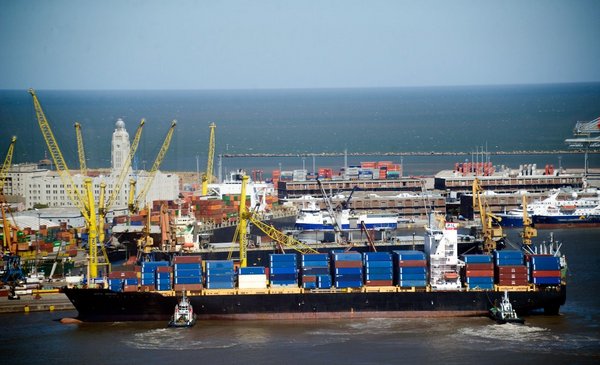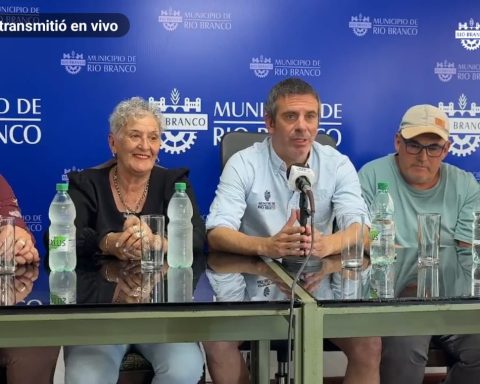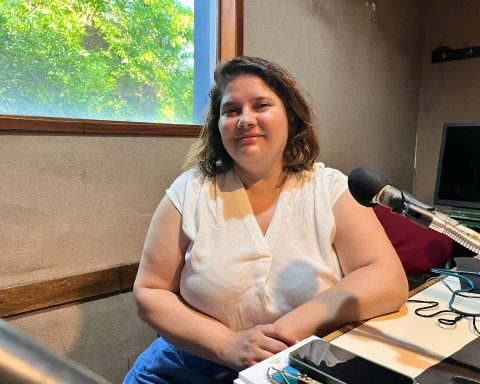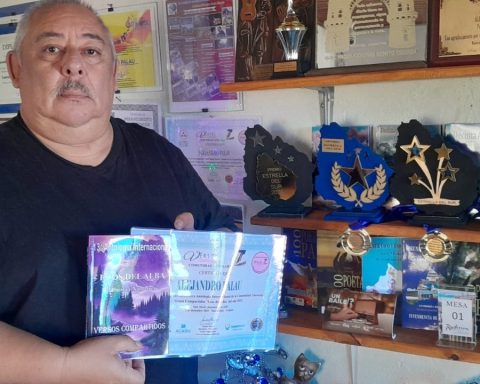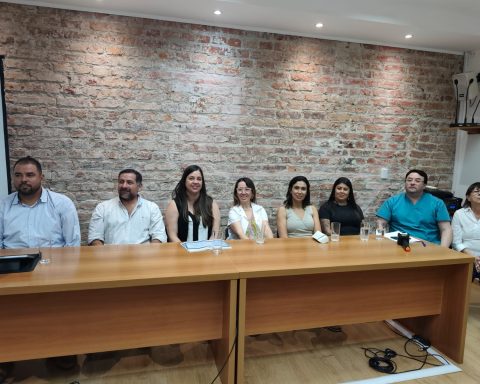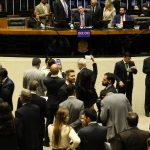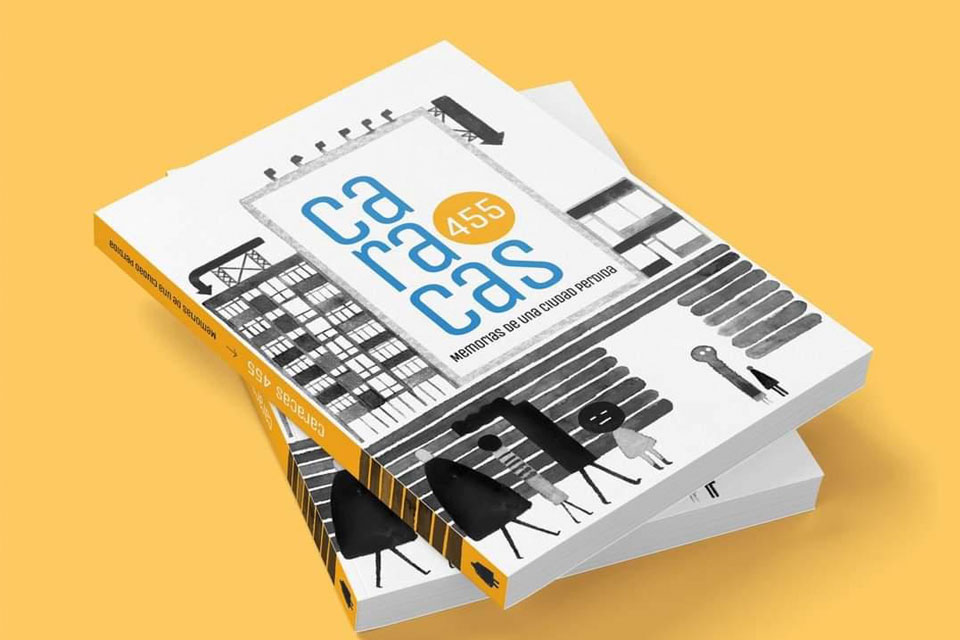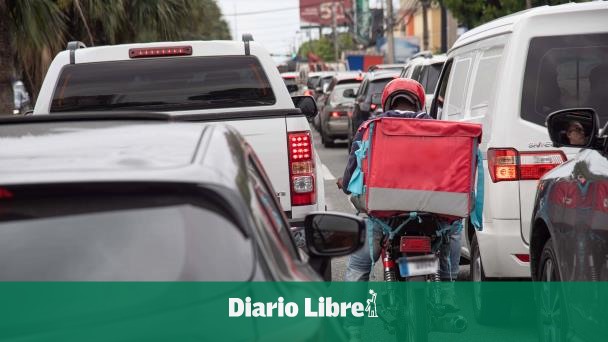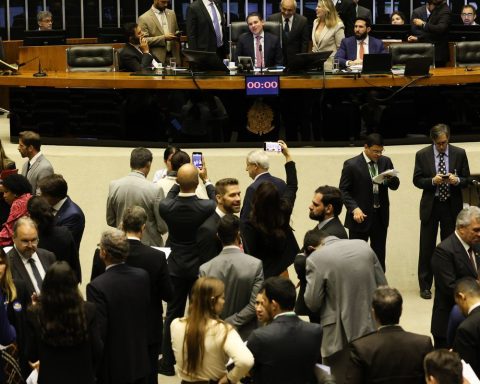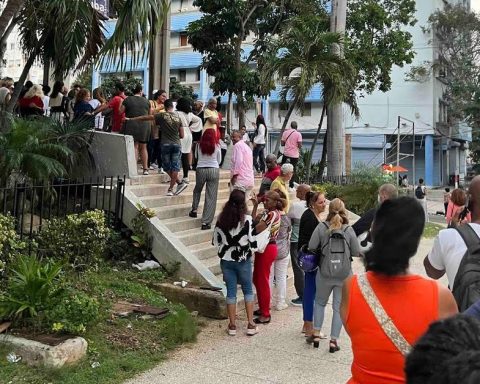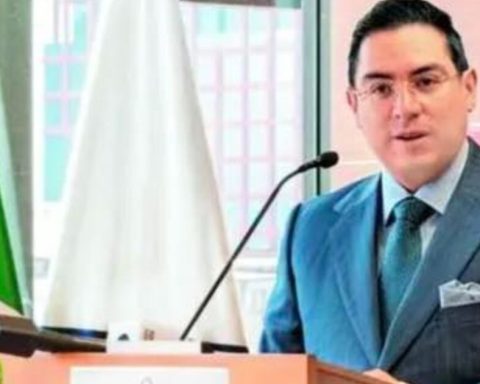The year is headed for a record exports of goods with sales projections of US$ 15 billion. The dynamism was observed in the first part of the year since in the last two months they showed a year-on-year slowdown. Good performance also raises doubts about the need to have a greater diversification of exportable destinations.
In the 11 months of the year the two main buyers are the same as in recent years: china and brazil. They can change positions, but it’s always the two of them.
In this last measurement, Argentina was in third place. The three destinations were left with practically 50% of general sales. USA It is another of the destinations that is always among the first places, as well as Netherlands. This last destination is not for direct exports, but its ports act as receivers of merchandise that is then redistributed to other European destinations.
However, during the year others appear such as India and Thailand. In the first case there were sales for US$ 84.6 million. The most placed product was the raw wood. Later there were minimal sales of waste and waste of copper, aluminum and whole or half hides or skins.
In the case of Thailand, US$ 69.1 million were placed. Most of the exports were made to that destination. Chrome-tanned cowhide and hides and unsplit hides, fresh or salted, according to customs data.
Ines Guimaraens
Port of Montevideo
Another country that entered the export map was Vietnam. The placements reached US$ 51.6 million and the most important products were soybeans, full and half hides, sawn or roughed wood and animal blood.
During the year, exports were also made to Indonesia for US$16.4 million. In them, the majority of whole or medium hides and skins and crabs.
Clearly the volumes and quantities do not move the needle of annual exports, but they do mark a certain commitment to a minimum diversification of external sales.
Gonzalo Oleggini, foreign trade consultant and university professor reminded The Observer that exports of years ago were between US$8,000 and US$10,000 million.
That varied from a one-off shopper. “Since China began to increase its purchases in Uruguay, that has changed,” he said. His estimate is that exports will end the year at US$14.5 billion, US$4.5 billion more than the previous average.
So far this year, China has bought US$ 2,659 million, although it withdrew its purchases in October and December.
“Diversification is good. And so good that before Uruguay had one main client (Brazil) and now it has two”, he explained, although he added that it would be optimal if there were more powerful buyers. For Oleggini, Mercosur was not the solution to expand trade, since Argentina and Brazil They have purchased virtually the same products in recent years.
He noted that with the entry of China into the Uruguayan market, the logic of exporting mainly to both countries was broken. “In international trade, diversification is basic, essential. It is having the eggs in different baskets, ”he said.
However, the lack of individual trade agreements with other countries (and also that the Mercosur does not close the FTA with the European Union) prevents such diversification. “That would give the possibility of having several Brazils and Chinas,” he said. Oleggini also expressed that it is necessary to look towards other destinations.
“Indonesia is going to be practically the fourth most populous country on the planet. There are India, Pakistan, Vietnam. There are many countries that are not on the radar that are commonly known to be strong buyers and have significant sizes,” she said.
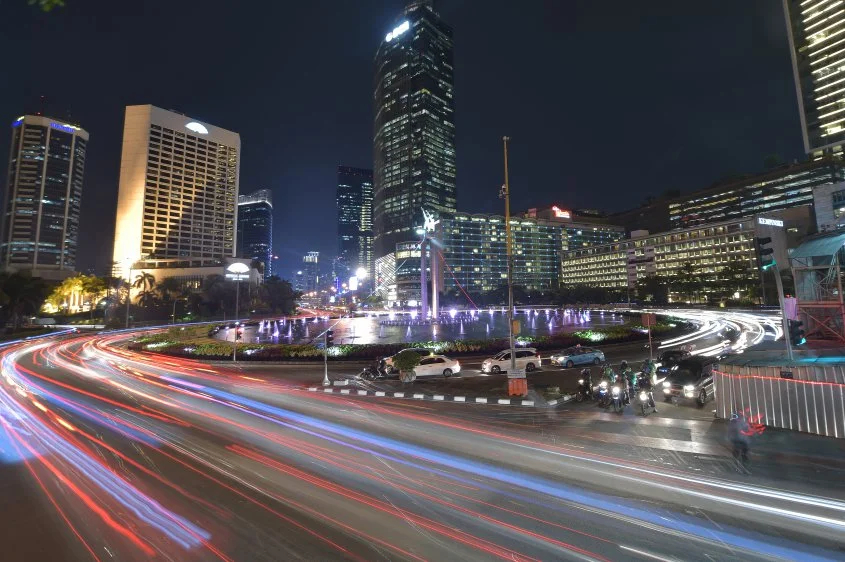
Indonesia
In the last breakfast organized by Ceres a few days ago, the executive director of the center, Ignacio Munyo, affirmed that India should be looked at more and more carefully.
He recalled that it is already the fifth largest economy in the world. He noted that next year the country will have more people than China.
He added that this year the economic expansion will be close to 7% and higher than 6% next year. With these elements, he pointed out, India is already showing its ambition to transform an emerging country into a global power.
Productive capacity
Oleggini indicated that in order to achieve better market diversification, production capacity must be increased.
“15 or 20 years ago, Uruguay had difficulties placing its products; today everything that is produced is sold,” he said.
He mentioned that Uruguay sells to 140 or 150 countries in the world, but that offer does not correspond to the number of products and volumes placed.
So, most of the export is from meat, dairy, rice, soy and forest products.
For this reason, an attempt should be made to expand the range of products offered abroad. “The lack of product diversification also pushes you into a tube of few buying countries,” he said.
“Not all countries buy soybeans. You cannot place the seven or eight commodities that are produced in 150 countries”, he highlighted. Therefore, the need to produce with greater added value.
He gave an example with Conaprole, which exports powdered, skimmed or whole milk. In this case, the objective would be to generate a ice cream line to sell abroad as it happens with Nordic companies.
But the export of products with added value has an obstacle: the tariff restrictions to enter some countries. And then it all comes back to one central goal: sign more individual trade deals. “If you don’t have TLC you can’t do things. All countries place restrictions on added value to protect their work”, concluded Oleggini.
